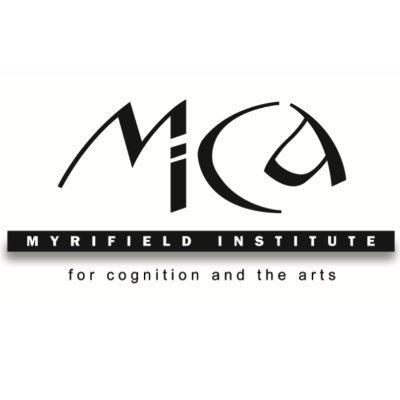
Last paper:
Grazia Pulvirenti, Renata Gambino, Neurohermeneutics. A Transdisciplinary Approach to Literature
- Peer review
- Submit a paper
- Suggest a paper
- Contact us
- Partner program
Margaret H. Freeman,
Blending and Beyond: Form and Feeling in Poetic Iconicity
 Year: 2009
Year: 2009Topics: Blending;
Disciplines: Aesthetics; Fine Arts;
DOWNLOAD PAPER
Download size: 311.68 KB
This paper looks at how blending theory needs to develop in order to account for literary creativity and thus provide a more comprehensive picture of human cognition. Exploration of the emotional, formal, and aesthetic affects of a literary text suggests ways in which literary analysis may illuminate cognitive processes and contribute to the development of a theory of aesthetic emotion. I argue that the synthesis of material-medial-affect modes needs to be modeled in order to capture the nature of a literary text in achieving poetic iconicity, the semblance of felt life through forms symbolic of human feeling. The opportunity for poetic iconicity occurs when the structural schemas that trigger the blending of materialmedial modes are metaphoric in nature and are motivated by the feelings of lived experience. Analysis of an Emily Dickinson poem shows how metaphorical schemas blend feeling, form, and functional perspectives on our embodied experience of reality to create such poetic iconicity.
Project
The Neuro Humanities Studies Network aims at creating a multidisciplinary research community in order to develop and structure a linking platform for neuro-scientific, cognitive topics and humanities.
Click on each keyword to show papers related with it.









